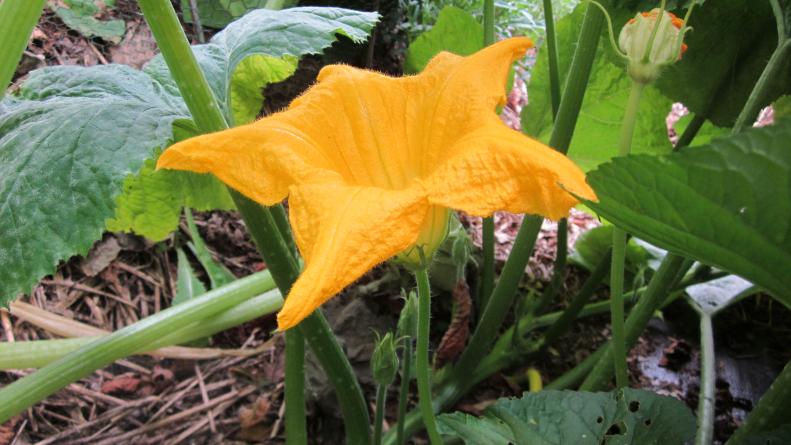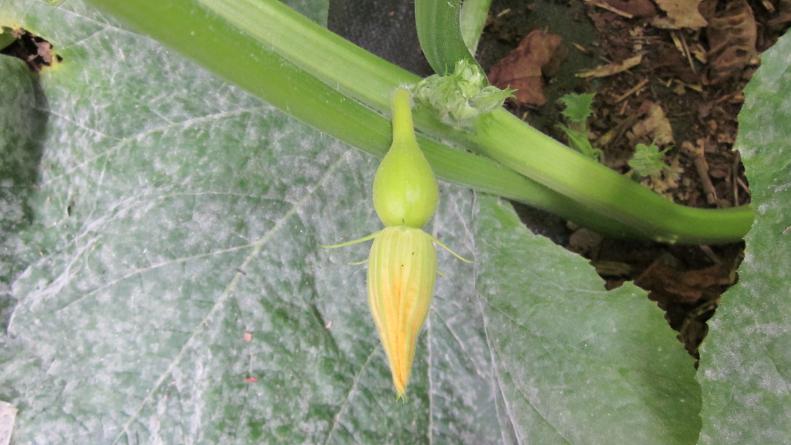1 / 17
Photo: Debbie Wolfe
Sumptuous Squash
Squash is one of those crops that gives and gives and gives some more. It’s tough to beat the return on investment for a pack of seeds. Choose from summer squash for an instant reward, or plant winter squash for fresh-from-the-vine flavors long after the vines are toast. Squash are notoriously easy to grow, but there are a few problems that typically occur. Click through our gallery to diagnose your squash problems — and learn some tips for solving these common issues.









